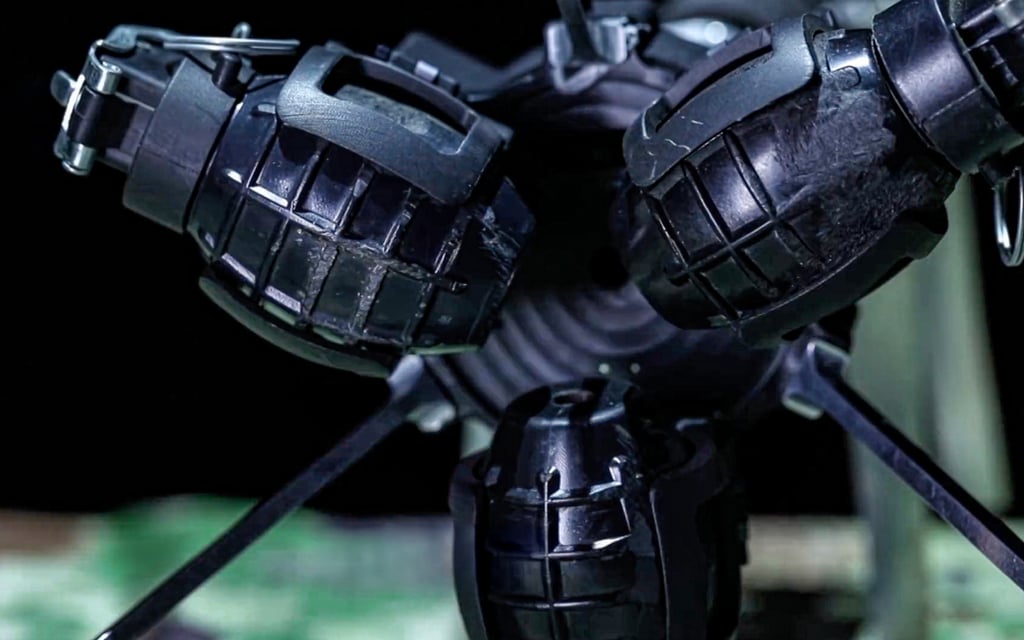China has unveiled a groundbreaking micro-drone that mirrors the appearance of a thermal flask and weighs under a kilogram, approximately 2 pounds, crafted specifically for the People’s Liberation Army (PLA) infantry. Despite its minimal weight, this innovative drone boasts a coaxial dual-rotor system, enabling it to carry payloads up to twice its own mass.
Embedded with an onboard neural processor, it harnesses artificial intelligence for advanced targeting capabilities, allowing a single operator to manage multiple units concurrently. Hailed as the “first of its kind,” the drone operates with near-silent efficiency, featuring foldable rotors and modular payload bays that equip it for both reconnaissance and attack roles. It can be fitted with up to three grenades and launched from a 35mm grenade launcher, facilitating swift deployment and an extended strike range.
According to the South China Morning Post, citing state sources, this military asset marks a “phased leap” in unmanned combat team technology, aligning with Beijing’s ambition to secure an early lead in “intelligent warfare.”
This concept of “intelligent warfare” signifies a sophisticated evolution in combat strategy, deeply integrating AI and autonomous systems to fuse human and machine intelligence across all military domains, as outlined by the independent US nonprofit research group CNA.
This approach signals a departure from China’s earlier emphasis on “informationized” warfare, which prioritized dominance in information over adversaries. The new “intelligentized” framework leverages cutting-edge technologies, including drones across various operational spheres, alongside AI-enhanced cyber and electronic warfare capabilities, to achieve a strategic advantage. The US Department of Defense’s 2020 report to Congress flagged potential hurdles for the PLA, particularly in recruiting, training, and retaining the skilled personnel required to operate these complex systems effectively.
Fast forward to 2024, and the Pentagon’s latest annual report paints a different picture, acknowledging China’s accelerated progress in military capabilities, readiness, and technical expertise, despite persistent corruption challenges within the PLA. The report underscores Beijing’s trajectory toward establishing a world-class armed forces by 2049. It highlights the increasing prevalence of advanced small unmanned aerial systems in both military and civilian contexts, with Chinese industry maintaining its position as a leading global exporter of drones and related components. This micro-drone exemplifies China’s commitment to embedding state-of-the-art technology into its military framework, reinforcing its strategic push toward intelligent warfare dominance.








